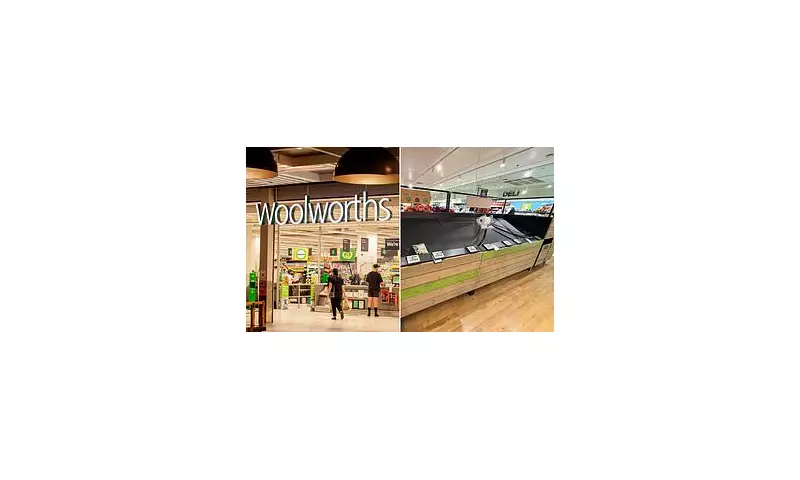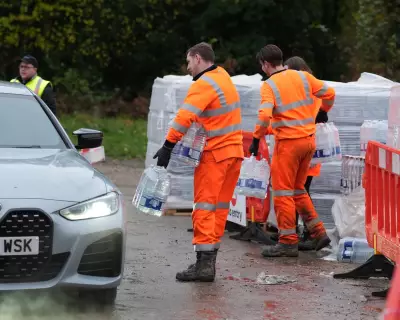
Australian shoppers are facing an unexpected culinary crisis as Woolworths supermarkets grapple with a severe potato shortage that's leaving shelves bare across the nation. The retail giant has been forced to implement purchasing limits on multiple potato products, sending waves of concern through communities already dealing with cost-of-living pressures.
The Empty Shelf Phenomenon
Customers from Queensland to Western Australia are reporting near-empty potato sections in their local Woolworths stores. The shortage has hit multiple product lines particularly hard, including:
- Frozen potato chips and wedges
- Fresh potato varieties
- Pre-packaged potato products
- Certain brands of potato salads
Social media platforms have been flooded with images of barren supermarket aisles where potato products normally reside, with many Australians expressing frustration and confusion about the sudden scarcity.
Behind the Supply Chain Breakdown
According to industry insiders, the shortage stems from a perfect storm of agricultural challenges. Unusually wet weather conditions in key growing regions have significantly impacted harvest yields, while ongoing transportation and logistics issues have further strained the supply chain.
"We're working closely with our suppliers to manage supply constraints affecting the availability of fresh potatoes and frozen potato products in our stores," a Woolworths spokesperson confirmed.
Customer Reactions and Rationing Measures
The supermarket has implemented a two-pack limit on frozen potato products per customer transaction in affected stores. This rationing system aims to ensure fair distribution while supplies remain constrained.
Shoppers have reported mixed experiences, with some stores completely out of stock while others maintain limited supplies. The inconsistency has led to what some are calling "potato panic" as customers rush to secure their share of the dwindling stocks.
When Will Normal Supply Resume?
Woolworths remains cautiously optimistic about resolving the shortage, though no definitive timeline has been provided. The supermarket chain emphasizes that they're actively working with growers and distributors to restore normal inventory levels as quickly as possible.
In the meantime, customers are being encouraged to explore alternative vegetable options and remain patient as the supply chain works to overcome these unprecedented challenges.
This situation serves as a stark reminder of the fragility of modern food supply chains and how environmental factors can directly impact what appears on our dinner plates.





